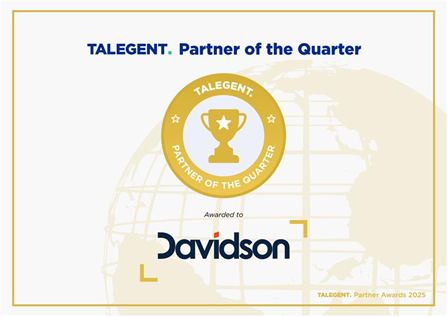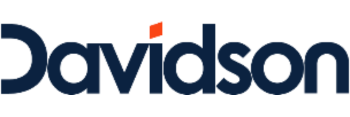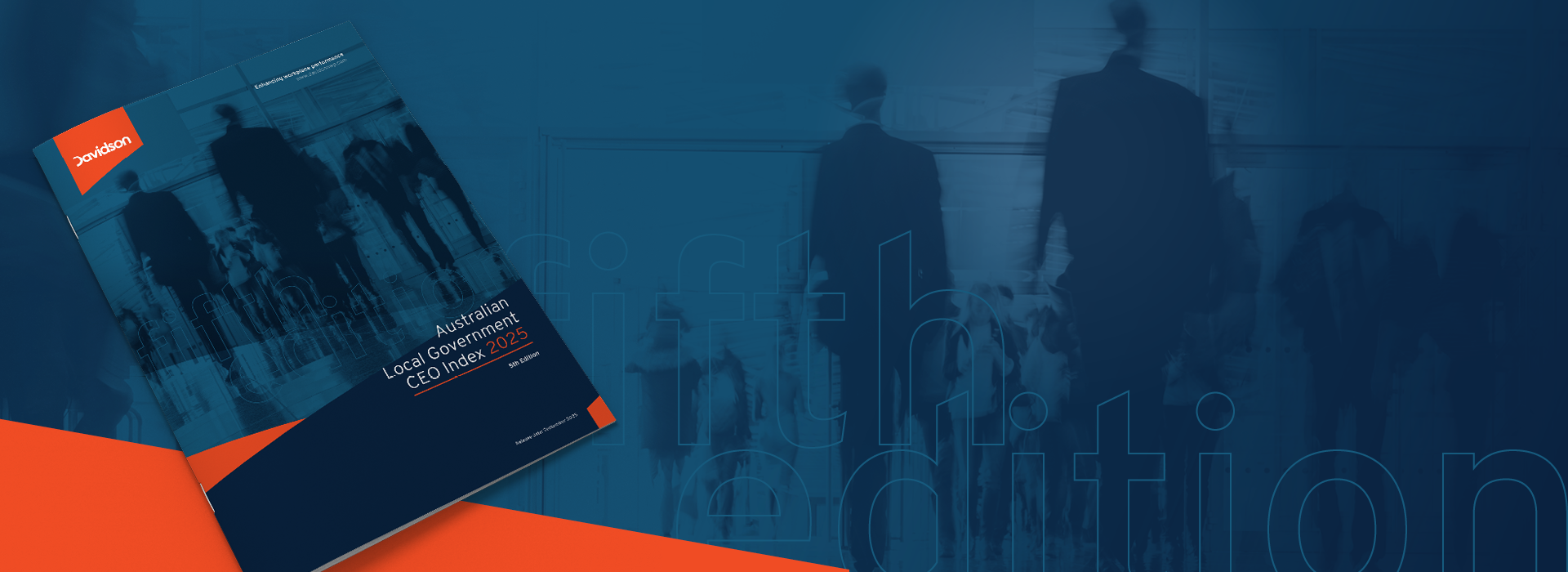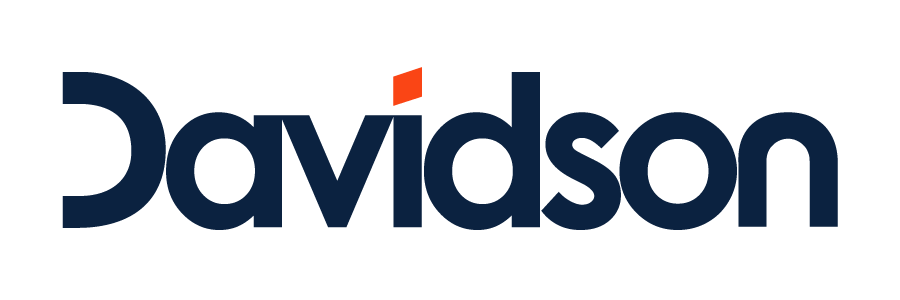Managing the new organisational team: How is HR Shaping Up?
As companies strive to become more agile and customer-focused, team structures are shifting from traditional, rigid models toward interconnected, flexible teams. At the same time, other organisational trends are occurring in tandem such as:
- The rise of activity based office environments,
- The creation of interconnected dispersed hubs and
- Flexible, work from home options.
Underpinning these trends is the adoption of technology. As hierarchies are broken down, technology is enabling businesses to develop a much faster, productive and interconnected workforce. Workers are enabled to work differently in remote teams and as contractors, part-timers or on a project basis; freeing up labour options for organisations accordingly.
Changing HR to meet new organisational needs
The new, flexible team structure has major ramifications for HR across role creation and employee engagement. It also impacts how we design leadership development, performance management, learning, career development and succession planning. This calls for a whole new approach for leaders in navigating ways to communicate with their teams and create engagement and a sense of belonging.
5 HR activities impacted by the rise of new organisational norms:
- Leadership development
- Performance management
- Learning
- Career development
- Succession planning
The emergence of the new organisation structure came under the spotlight with the Deloitte Human Capital Trends report launched this year. Deloitte surveyed more than 7,000 executives across 120 countries and found nine out of ten executives rate organisational design as a top priority, and nearly half (45 percent) say their companies are either in the middle of a restructure or planning one. Furthermore, only 14 percent of executives believe their companies are ready to effectively redesign their organisations; just 21 percent feel expert at building cross-functional teams, and only 12 percent understand the way their people work together in networks.
A new organisational model is on the rise. Companies are building a “network of teams” empowering them to work on specific business projects and challenges. These networks are aligned and coordinated very much along the lines of project management. The report concludes that “ in some ways, businesses are becoming more like Hollywood movie production teams and less like traditional corporations, with people coming together to tackle projects, then disbanding and moving on to new assignments once the project is complete.”
Innovation at the heart of organisational change
So how are HR leaders embracing the new changes and how can they play an active role in this redesign which is now globally underway? I decided to interview a number of HR leaders to find out how they are successfully navigating the challenges of the new organisation and discovered innovation at the heart of many of their solutions to meet these challenges.
Tapping Talent When Required
McGregor Dixon, Oceania Talent Leader at EY has observed radical change amongst teams. EY has moved to an agile work environment and this has had a significant impact on the way teams both interact and view the issue of performance.
“ Due to globalisation and the increasing use of technology, many of our teams now operate virtually. Flexibility is increasingly the norm with talent mobilised within our business as we need it. For example, many of our people fly into client locations throughout the week and have the flexibility to work from home on those days when they return. We are enabling people to discuss and agree with their managers how to do their work in a way that meets their requirements and ours. We are seeing that people are more self-directed in the decisions that they make around their own roles. In other instances it might not matter at all what location the work is done as the technology and skills enable projects to be completed effectively across different geographies” says Dixon
“The best thing is that our work environment is changing the mindset of ‘if I can’t see you, you aren’t doing anything productive’. Anyone could be working virtually at any one time so once again this leads to a culture defined by measuring output rather than visible activity which as we know doesn’t always equate to high performance.’
Creating a Sense of Belonging
EY has also altered some of their talent management practices to offer ‘counselling families’ who act as an anchor and mentoring hub.
Partners are matched with a ‘counselling family leader’ as part of an enduring connection that goes beyond usual colleagues and leaders who tend to shift and change as projects start and finish. This creates a consistent support structure which overcomes some of the disconnect that executives might otherwise experience when working in project teams or interconnected hubs.
“The instigation of ‘counselling families’ is highly successful and has had a highly positive impact on engagement. It offers a sense of belonging to a team and is a useful support when dealing with organisational ambiguity. These ‘families’ have also acted as a conduit to a more innovative culture where executives are encouraged to innovate – trying and failing is encouraged” says Dixon.
All levels of the organisation are empowered to lead. Dixon says “the organisation is changing all the time and in the past few years, the rate of team change has accelerated. Projects can last from a matter of weeks to 12 months”. He also noted that although the labour force has typically been permanent, there is an increasing use of contingent workers. “No one knows yet how much our workforce will become casualised or contingent in the future but it is certainly a trend that we are seeing a lot more of.’
In addition, EY is using more simplified assessment and performance management tools to create clearer guidance for their employees.
Organisations need to be brave to make changes
According to Sarah Sammut, HRD from Fitness First, clarity and clear communication in the new organisation to help employees navigate and thrive are key to the success of the new organisation models.
‘First up, employees need to be brave enough to embrace this new agility. The roles we see today don’t always fit nicely into the text of job descriptions and also leaders need to be very clear in terms of expectations and communication. It is no longer about the day to day but about measurable outcomes. Flexibility has become mainstream. My experience is that when employees are given flexibility it engenders great loyalty. ‘Sammut says.
She also cited particular projects at Fitness First that are now calling for a multi-disciplinary approach. For example, a recent consumer awareness branding project tracking brand metrics was led by HR who pulled together a diverse team of talent from marketing to customer interfacing roles and HR. The cross fertilisation of ideas and talent then leveraged the diversity of thought, new talent and ideas.
“With the escalation of technology and access to data, we are able to access information faster than ever before and we take a whole of business approach to improve our metrics and inform strategy continuously.
As a society too, there is a desire to have more variety in our roles. This has to do with how we take in information. For example with social media – you could be looking at something in your local town, information on Linkedin or even global news and learning on the job. We are learning in a multi-directional and fluid way. People are wanting this level of fluidity in their work life. Many of our employees work part-time and have active interests with family, study or other ventures outside our business . We have been using social media and our own app to help us communicate across diverse sites and in this way we are pulling the organisation together in new ways. We can empower people and communicate across disperse areas so much better than before” says Sammut.
Sammut observes a ‘push and pull effect’ between organisations and employees to create the new team norms.
Redefine traditional roles
Fitness First has modified some of their roles to broaden their appeal and effectiveness. For example, the role of Receptionist and Membership Consultant has been combined resulting in a 50 percent increase in the retention rate of sales staff as they find the combined role so much more rewarding. Sammut notes that this “also has a great flow on effect with our members because the person who joins you greets you, looks after you as a customer and helps to inspire you to go further in life through your fitness. This is very much in keeping with our vision. Many clubs have moved to this model and this it is working well” .
Through many discussions with HR Managers from various organisations and industries, we are seeing a clear trend towards a new organisational model in Australia. Getting the workplace environment right and instigating the right systems and processes is a continuous journey. Input and feedback from leaders and employees is helping to evolve and HR can be the innovative and thought leader to drive change effectively.
Share this content
